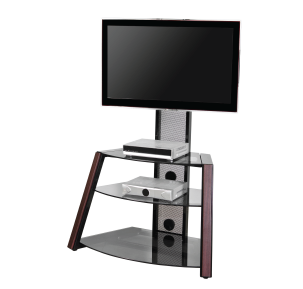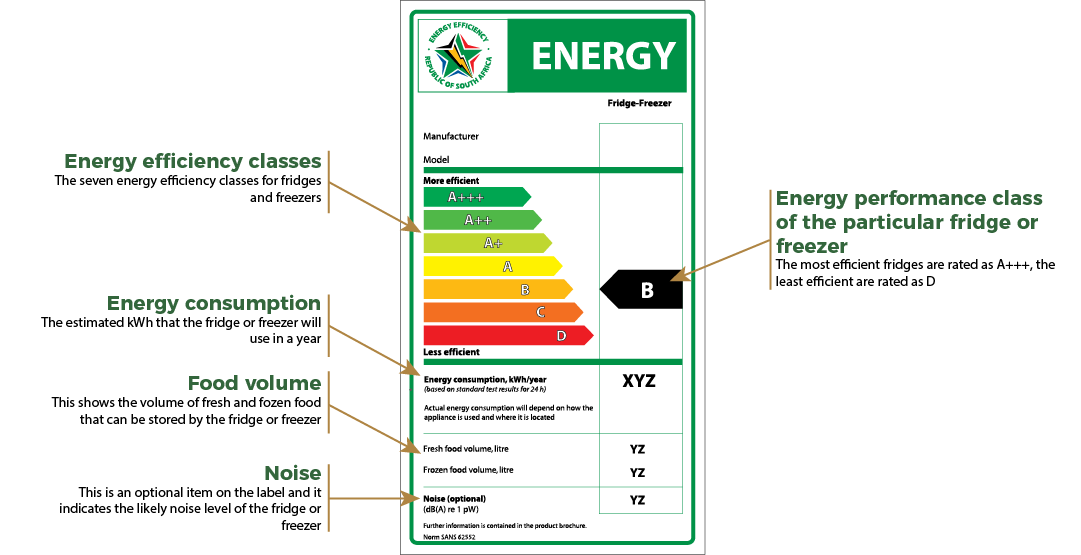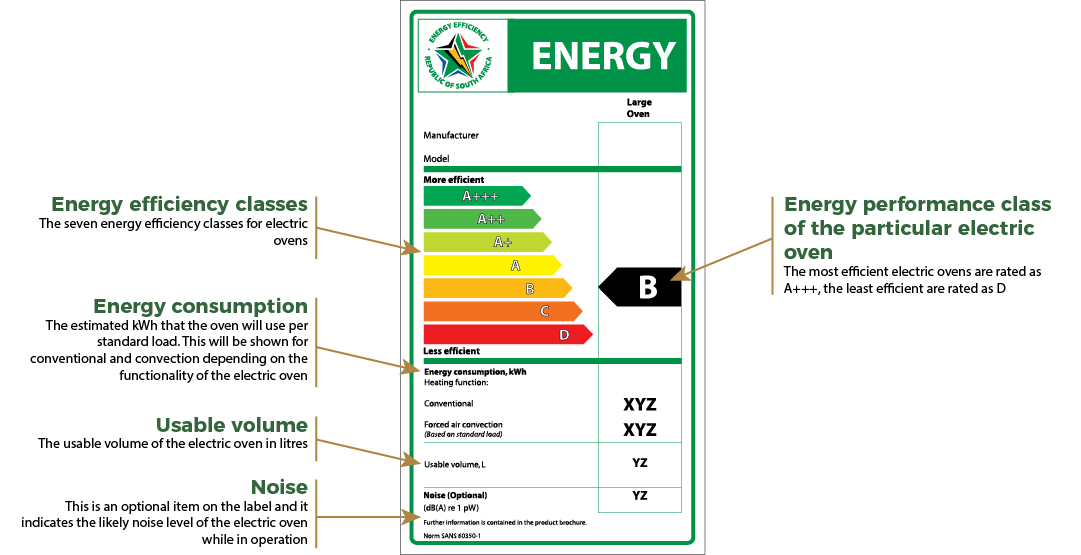Audio-visual Equipment
Audio-visual equipment refers to appliances such as televisions and sound systems. Generally, individual audio-visual appliances are not significant consumers of electricity, however, many audio-visual appliances continue to draw electricity when in standby or off mode, and the collective impact of a number of appliances that draw electricity needlessly can be significant. Appliances that draw electricity when not in use are referred to as vampire appliances, since they suck electricity but are not performing a useful function.
To protect consumers from vampire audio-visual appliances, Minimum Energy Performance Standards (MEPS) have been set that regulate the power consumption of these appliances in standby mode. Currently, the power consumption of audio-visual appliances in standby mode may not exceed 1 W, except for set-top boxes which may not exceed 3 W. Audio-visual devices that do not meet these minimum standards with regards to power consumption in standby mode cannot be sold.
Since Audio-Visual appliances are often vampire appliances, it is a good idea to consider the standby power usage of an appliance when making a decision to purchase. Consistently purchasing appliances which use very little power on standby mode will help to reduce long term long-term electricity consumption.

Remember to turn off audio-visual equipment at the plug
Audio-visual appliances often draw electricity when not in use. Unfortunately, no detailed studies have been conducted in South Africa to understand the cost of this unnecessary electricity use to consumers, however studies in America have found that households there can spend over R2,000 a year to power appliances in standby mode.
The best way to protect against unnecessary use of electricity is to switch off all appliances at the wall plug when you have finished using them. When an appliance is switch off at the wall plug, it can no longer draw electricity.










